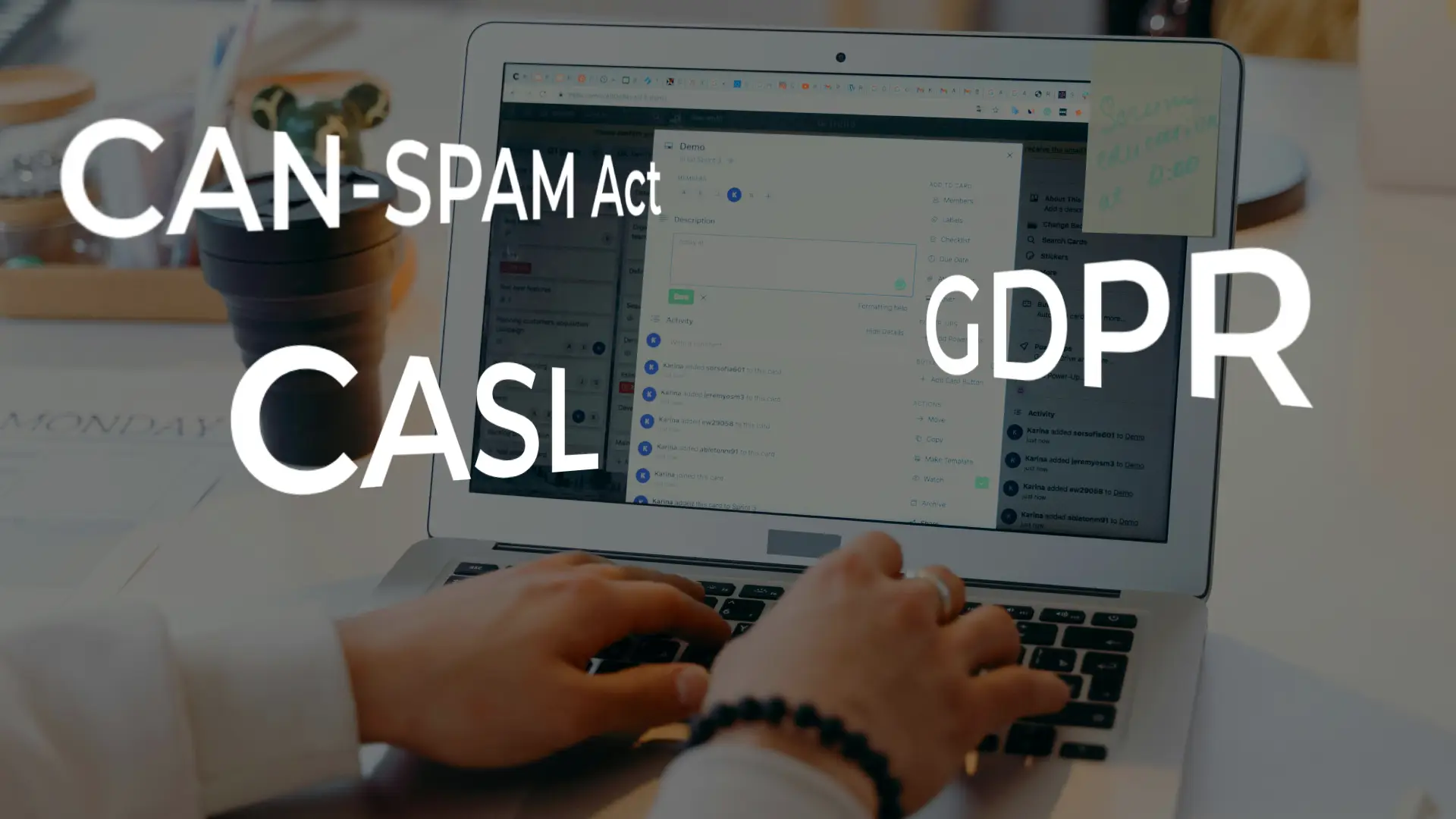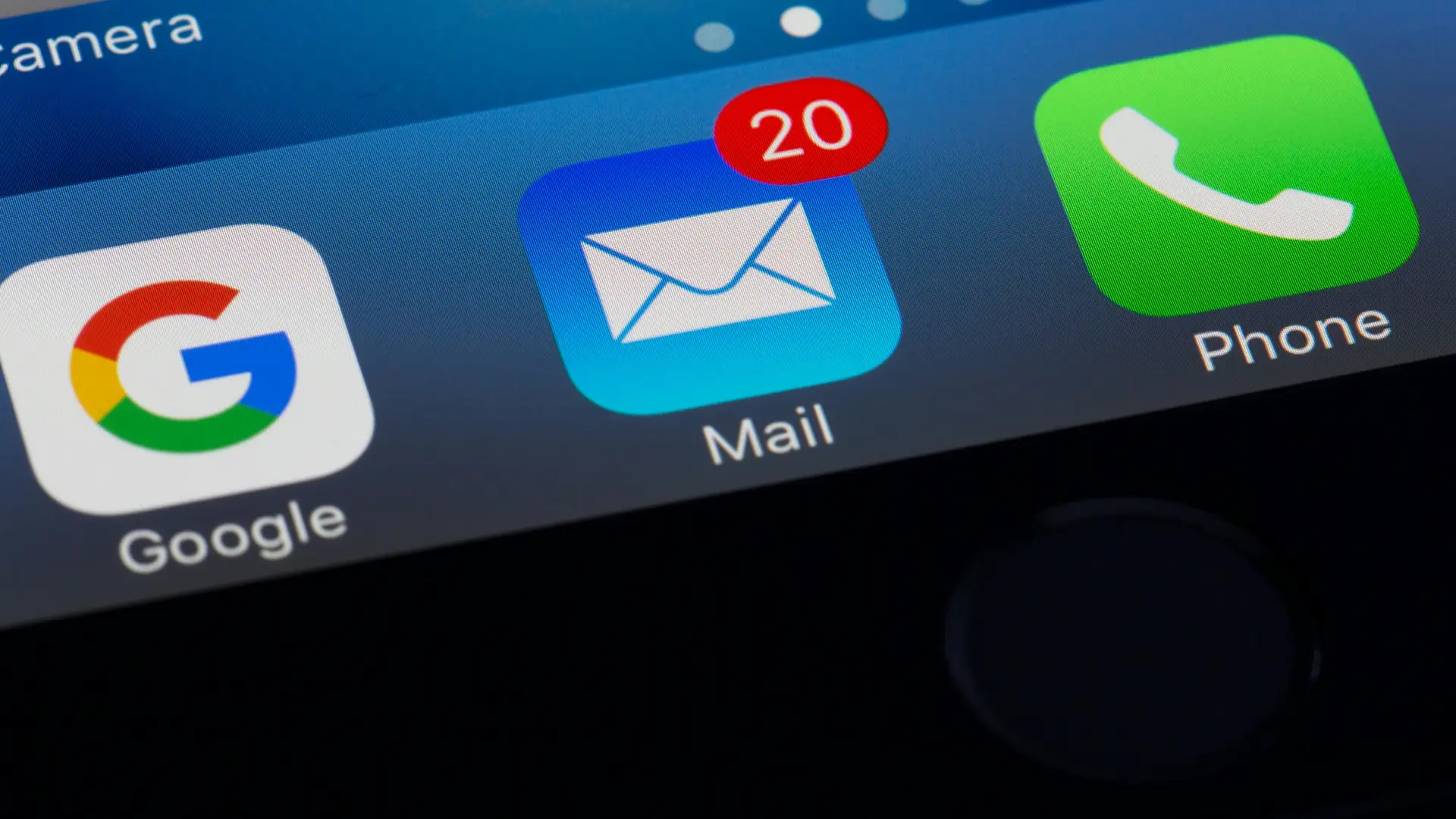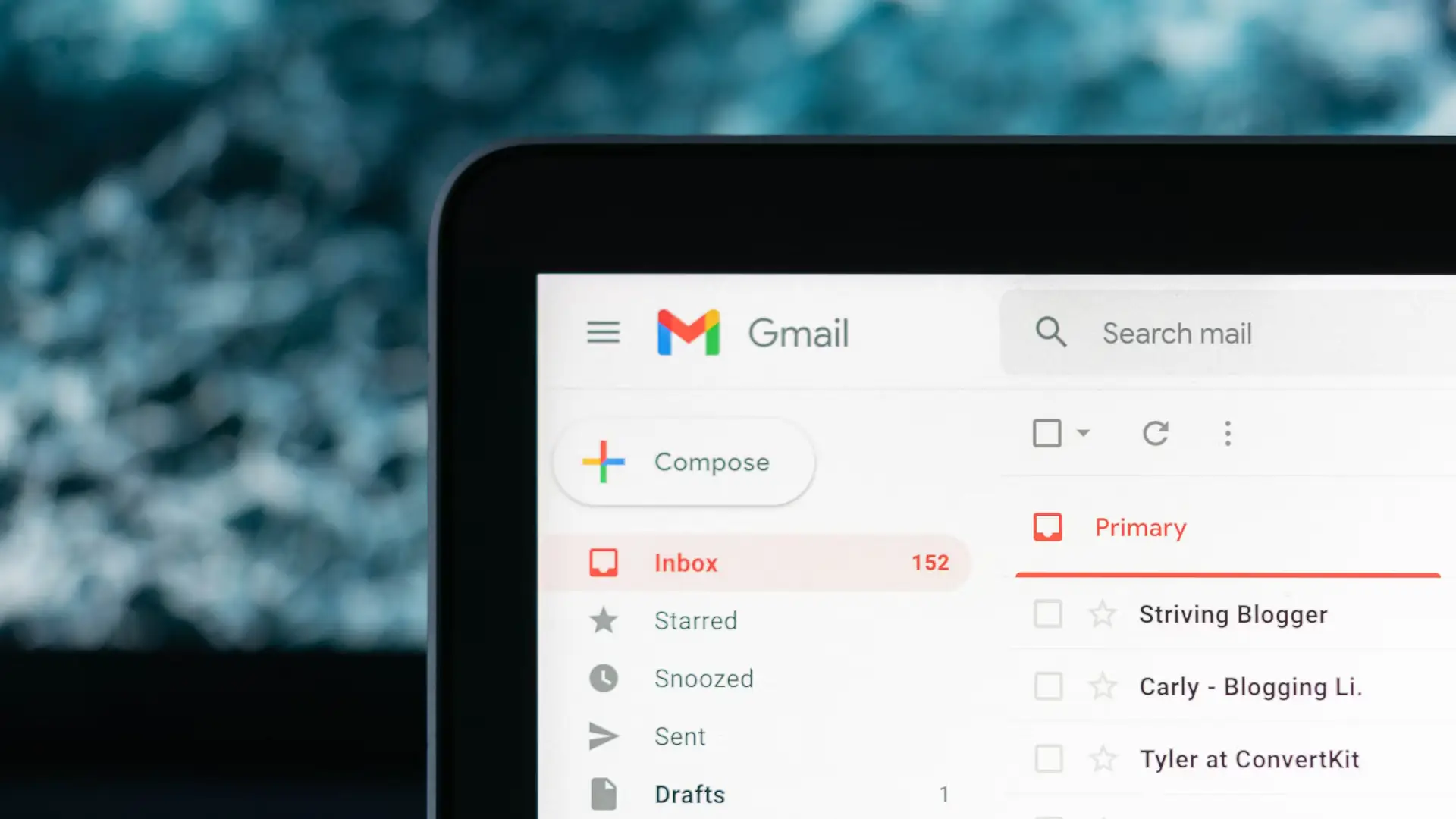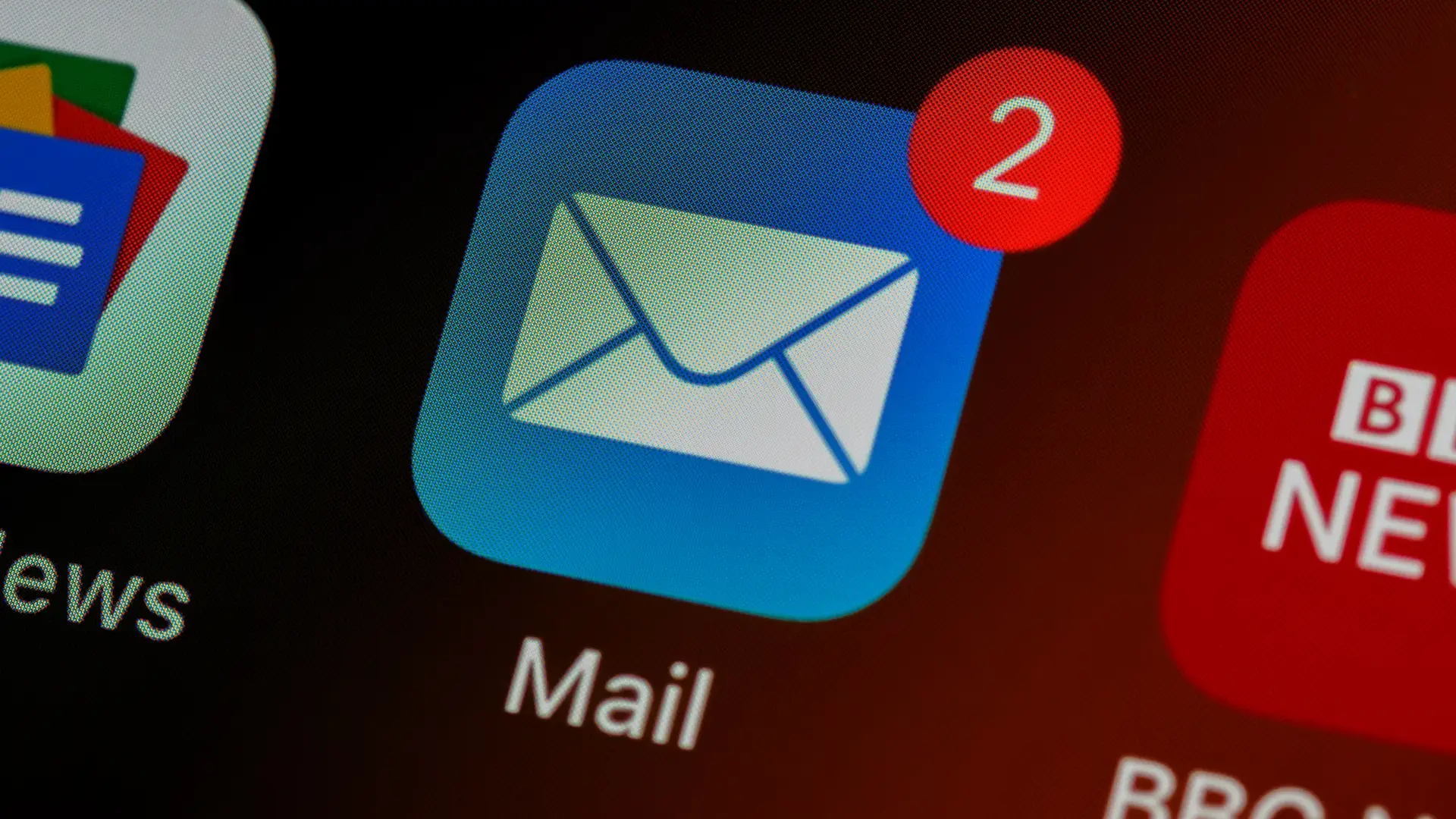Email marketing is a cornerstone strategy for many online businesses. It allows brands to engage with their audience, promote products, and nurture customer relationships. However, with great power comes great responsibility. To stay on the right side of the law and protect your reputation, you must ensure your email marketing practices are compliant with legal regulations. These laws are designed to safeguard consumer privacy, reduce the flood of spam emails, and foster transparency in online communication. Failing to comply can result in substantial fines, damaged brand reputation, and loss of customer trust. Below are seven key legal compliance tips to help online businesses navigate the complex world of email marketing.
1. Understand Key Email Marketing Laws
The first step to achieving compliance is understanding the primary laws that regulate email marketing across different regions. Each law has specific requirements, but they share common goals of transparency, consent, and consumer protection. Three of the most important regulations are:
- CAN-SPAM Act (USA): This U.S. law aims to protect consumers from misleading and unsolicited emails. It mandates that businesses use accurate sender information, provide a clear and functional unsubscribe mechanism, and avoid deceptive subject lines. Even a single violation can result in hefty penalties.
- GDPR (EU): The General Data Protection Regulation is the strictest in terms of data privacy. It requires businesses to obtain explicit consent from individuals before sending them marketing emails. GDPR also grants individuals the right to manage or withdraw their consent at any time. Failing to comply can lead to severe financial penalties.
- CASL (Canada): Canada’s Anti-Spam Legislation also requires businesses to gain consent before sending emails, clearly identify themselves in the email, and provide an easy opt-out method for recipients. CASL is stringent and covers not only marketing emails but also messages that could be seen as promotional in nature.
Beyond these three, many countries have their own specific regulations, and it’s essential to be aware of the laws in the regions where your business operates. Consider consulting with a legal expert if you’re unsure of which laws apply to your email marketing campaigns.
2. Obtain Explicit Consent
A foundational element of compliant email marketing is obtaining explicit consent from your recipients. Under GDPR, this means gaining clear and unambiguous permission before sending emails. While some regulations, like the CAN-SPAM Act, may allow for sending emails with an opt-out option, obtaining explicit consent is the best practice globally.
Not only does this keep you compliant with the strictest laws, but it also ensures that your email list consists of engaged subscribers who actually want to hear from you. This leads to higher open and engagement rates, improved deliverability, and reduced chances of being marked as spam. To gather explicit consent, use clear opt-in checkboxes during the signup process and avoid pre-checked boxes. Additionally, provide detailed information about what types of emails the subscriber can expect to receive.
3. Provide Clear Opt-Out Options
One of the cornerstones of email marketing compliance is the ability for recipients to easily unsubscribe from your email list. Failing to offer a straightforward opt-out option can lead to legal repercussions and damage your brand’s reputation. Laws such as CAN-SPAM, GDPR, and CASL all require that every marketing email includes a visible and functional unsubscribe link. This link is usually placed at the bottom of the email.
Ensure that the unsubscribe process is as seamless as possible. Subscribers should not be forced to go through multiple steps or provide additional information to opt out. A simple, one-click process is ideal, as it minimizes frustration and ensures compliance with laws that demand a user-friendly experience. You should also honor unsubscribe requests promptly, ideally within a few business days.
4. Be Transparent About Data Use
In today’s privacy-conscious world, transparency about how you collect and use subscriber data is critical. Regulations like GDPR and CASL emphasize the importance of informing users about your data collection practices. When individuals sign up for your email list, they should know exactly what data you’re collecting, how it will be used, and whether it will be shared with third parties.
A common practice is to include a link to your privacy policy within your emails, which explains your data practices in detail. Transparency helps build trust with your audience, reassuring them that their information is being handled responsibly and securely. It’s also a key factor in compliance, as failure to disclose data usage can lead to penalties.
5. Avoid Misleading Subject Lines and Content
Your subject lines and email content must always accurately represent the message you’re delivering. Misleading subject lines can result in your emails being flagged as spam and, in some cases, violate laws like CAN-SPAM. For example, if your subject line claims “50% Off Your Next Purchase,” but the email contains only minor discounts, this could be considered deceptive.
Beyond legal implications, misleading content erodes trust between you and your subscribers. Over time, recipients may become disengaged, reducing the effectiveness of your email campaigns. Always ensure that your subject lines provide a truthful preview of the email’s content and that the information within the email is accurate and transparent.
6. Keep Detailed Records
Maintaining thorough records of your email marketing activities is not just a best practice; it’s often a legal requirement. These records should include the date and method by which you obtained consent, the content of the emails sent, and any unsubscribe requests. If your business is ever subject to an audit or inquiry from regulatory bodies, having these records readily available will demonstrate your compliance and prevent any unnecessary legal complications.
Additionally, keeping detailed logs allows you to track the effectiveness of your campaigns and optimize future efforts. For example, monitoring unsubscribe rates can help you understand how your audience is reacting to your content and make adjustments accordingly.
7. Regularly Review Compliance Guidelines
Email marketing laws and regulations are constantly evolving. What is compliant today may not be compliant tomorrow. For this reason, it’s crucial to regularly review your email marketing practices and stay updated on any changes to regulations in the regions where you operate. This could involve subscribing to legal newsletters, attending webinars, or consulting with legal professionals specializing in digital marketing compliance.
By staying proactive and regularly updating your practices, you can ensure long-term compliance and avoid costly penalties. You may also want to periodically audit your email list to ensure all consent records are up-to-date and review the content of your emails to confirm adherence to current guidelines.
Conclusion
Navigating the legal landscape of email marketing can seem daunting, but with the right knowledge and practices, you can maintain compliance while building trust with your audience. Understanding key regulations, obtaining explicit consent, and being transparent about your data usage are essential steps to keeping your email marketing efforts both effective and lawful. Regularly review and update your compliance strategies to protect your business and foster positive relationships with your subscribers.
Disclaimer: This article is for informational purposes only and should not be considered legal advice. Please consult a legal professional for advice on email marketing legal compliance specific to your business.
This article is copyright © blogwidow.com. Please do not reprint without permission.






